Advertisement
If you've worked with large language models before, you're probably familiar with the balance game: the faster the model, the weaker the results—unless you’re willing to throw enormous resources at it. That’s why SmolLM gets people's attention right out of the gate. It doesn't pretend to compete with the absolute largest models out there, but what it does promise is that it delivers—quickly and efficiently. So, what's different here? Why are developers and engineers getting excited? It's not just about speed; it's about what gets done while being fast.
Let’s start with the obvious: speed. SmolLM runs quickly, even on machines without top-tier hardware. That’s not just a nice-to-have; it changes the way you can use it in real-time applications. Imagine building a product where every millisecond counts. With larger models, you’re usually stuck waiting or trimming down your prompts just to keep the thing moving. SmolLM flips that. You can feed it a reasonably sized prompt and still get a response without grinding everything to a halt.
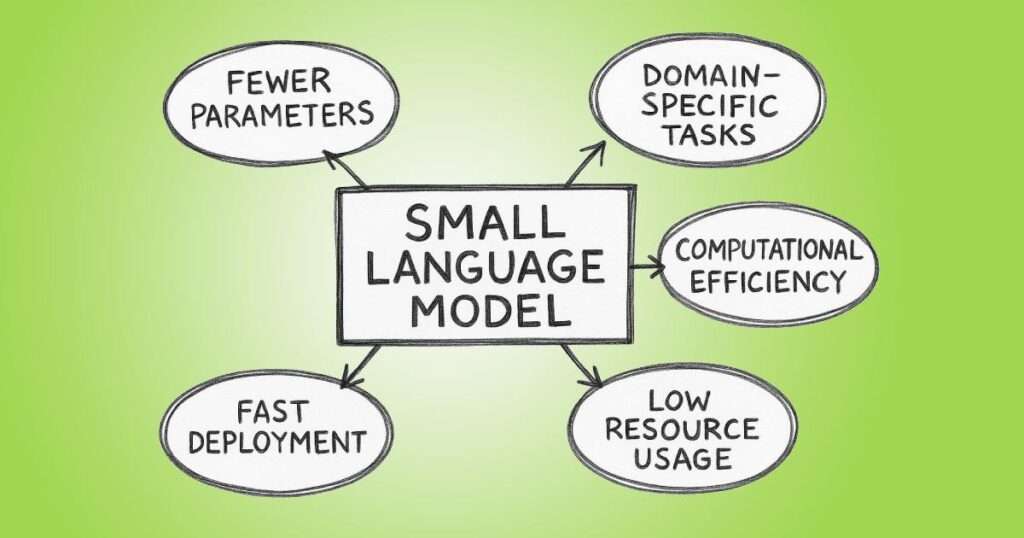
But speed alone wouldn't be enough. What's impressive is how much language understanding it retains despite being lightweight. Smaller models often drop nuance or miss context, but SmolLM holds on to more than you'd expect. You get responses that are clean, concise, and surprisingly coherent for something that doesn’t chew through your RAM.
Another plus? Local deployment. You’re not tethered to a cloud service, which means more control, lower latency, and no surprise bills for API calls. Whether you're working on a privacy-focused application or just want something that runs offline, SmolLM can keep up.
A big complaint among developers working with LLMs is how bloated things have become. Between loading times, prompt optimization tricks, and keeping track of context limits, you're doing more meta-work than actual work. SmolLM doesn’t drag you through that. You spin it up, and it’s ready to go. That’s refreshing.
The model supports standard interfaces, so integrating it into existing tools doesn't turn into a weekend project. You're not stuck dealing with some obscure framework or re-learning how to write prompts. It's compatible with what most developers already use, which saves time—not just during setup but every time you touch the code later on.
You also get faster iterations. Since it responds quicker and consumes fewer resources, testing ideas becomes more fluid. Want to build a chatbot and test ten different tones of voice? You can actually do that without overheating your machine or waiting around. That kind of feedback loop makes development smoother. You experiment more because you can afford to, not because you're trying to squeeze out the last ounce of productivity before your GPU catches fire.
Behind the scenes, SmolLM uses an optimized architecture that cuts down on the heavy lifting most models require. That's a big part of how it stays nimble. It's not just that it's a small model—it’s a smartly designed one. That difference matters.
There’s quantization involved, which reduces the size of the model without wrecking its accuracy. Normally, when you hear "quantized," you expect the output to get choppy or lose detail. But SmolLM’s performance holds up, even with that compression. It has been fine-tuned to maintain output quality, especially for everyday tasks such as summarization, question answering, or basic conversation generation.
Then there’s the token management. SmolLM is smart about how it handles tokens, trimming waste while keeping key information intact. That plays a significant role in speed, especially when handling long or complex inputs. It knows when to skim and when to focus—without you having to micromanage it.
Lastly, it doesn't rely on external APIs or cloud-based runtime layers to maintain efficiency. That means once you’ve got it set up, it's self-contained. It won’t surprise you with updates that break compatibility or require some random dependency to be reinstalled.
If you're ready to give it a shot, setting up SmolLM is surprisingly direct. Here’s a simplified overview of how to get started:
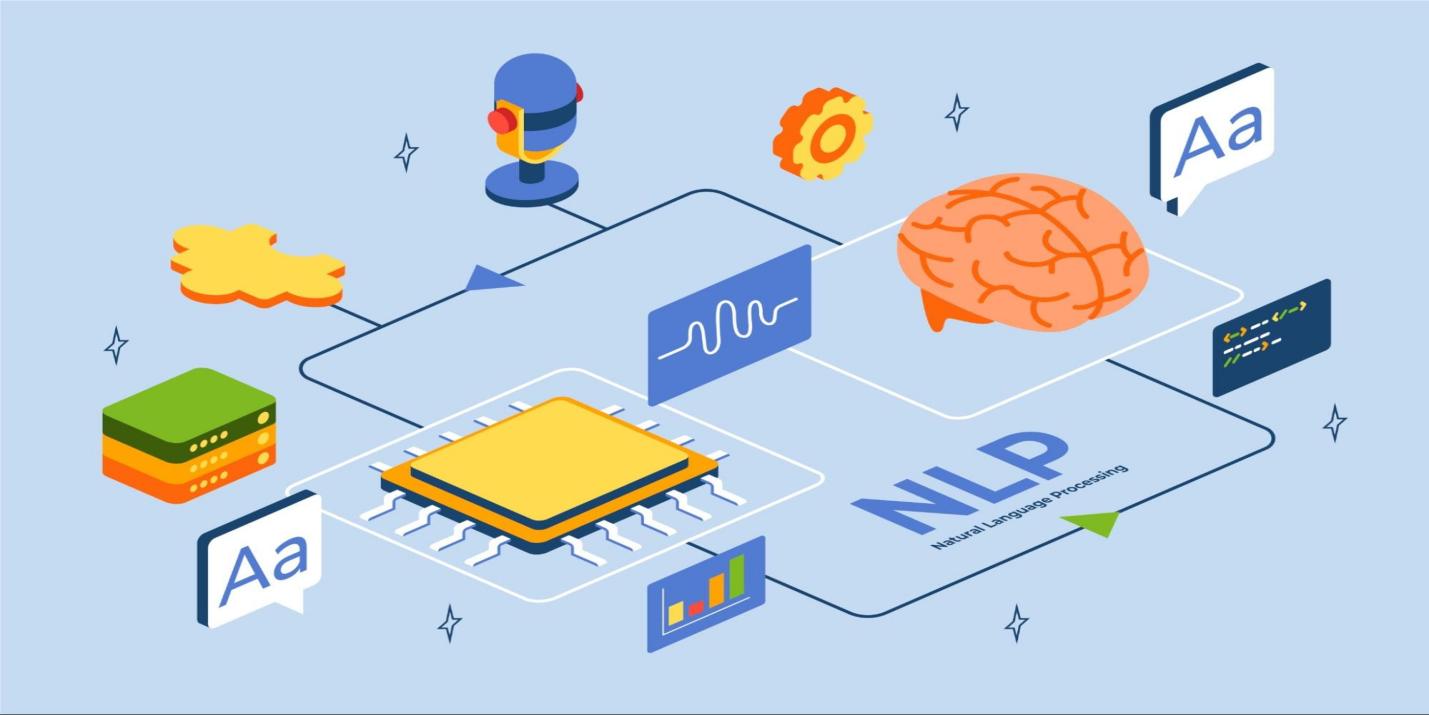
You'll first need to download the model weights. These are typically available through repositories like Hugging Face or from SmolLM's official site. Make sure you grab the right quantization level for your device.
Depending on your setup, you can use tools like llama.cpp or ggml to run the model locally. These backends are optimized for performance, and they make good use of your CPU (or GPU, if supported).
Most backends will provide a simple CLI or Python wrapper to load the model. Point it to the downloaded weights, and it should spin up fairly quickly.
Once loaded, try a basic prompt to see how it responds. You can test things like summarizing a paragraph or generating a quick response. If you're happy with the speed and quality, you're good to go.
From here, you can plug it into a chatbot, use it for preprocessing tasks, or wrap it inside an API for more structured use. Since it's light, it won't hold your stack back.
SmolLM isn’t trying to be the biggest model on the block. And that’s exactly why it works. It runs fast, delivers meaningful output, and doesn’t get in your way. You don’t need specialized hardware or a giant cloud bill to use it. And while it won’t replace the heavyweight models for everything, it covers more ground than you might think—for far less effort.
For anyone who’s tired of fighting with bloated models or just wants something that responds fast and plays well with local tools, SmolLM is worth a serious look. It’s not flashy, but it gets the job done—quietly, quickly, and without much fuss.
Advertisement
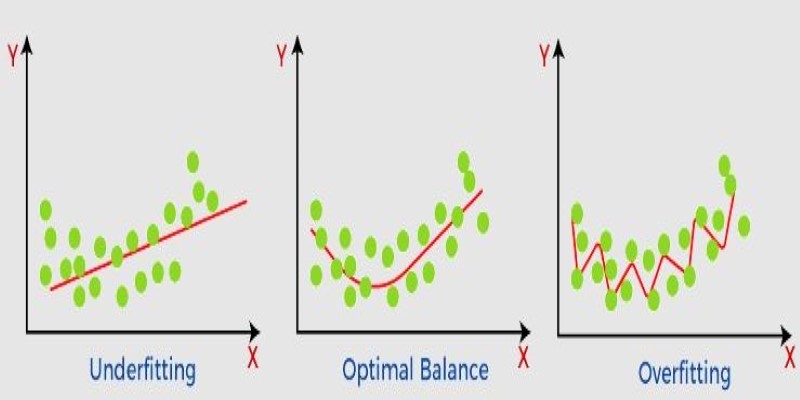
What non-generalization and generalization mean in machine learning models, why they happen, and how to improve model generalization for reliable predictions

How does an AI assistant move from novelty to necessity? OpenAI’s latest ChatGPT update integrates directly with Microsoft 365 and Google Workspace—reshaping how real work happens across teams

How IBM expands AI features for the 2025 Masters Tournament, delivering smarter highlights, personalized fan interaction, and improved accessibility for a more engaging experience

An AI health care company is transforming diagnostics by applying generative AI in radiology, achieving a $525M valuation while improving accuracy and supporting clinicians

Watsonx AI bots help IBM Consulting deliver faster, scalable, and ethical generative AI solutions across global client projects

How MPT-7B and MPT-30B from MosaicML are pushing the boundaries of open-source LLM technology. Learn about their architecture, use cases, and why these models are setting a new standard for accessible AI
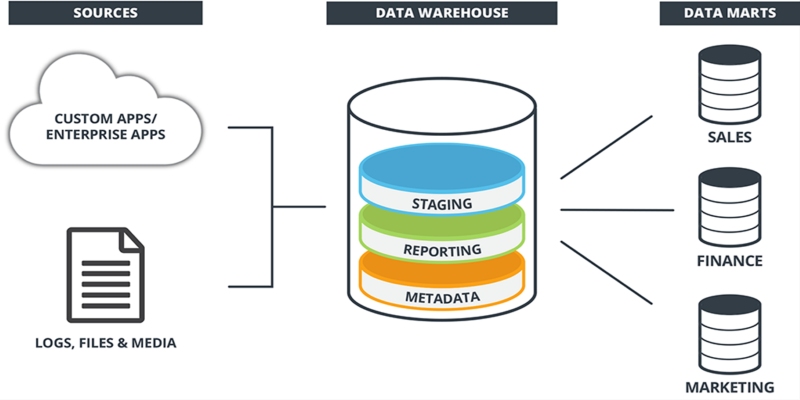
Learn what a data warehouse is, its key components like ETL and schema designs, and how it helps businesses organize large volumes of data for fast, reliable analysis and decision-making

An AI startup has raised $1.6 million in seed funding to expand its practical automation tools for businesses. Learn how this AI startup plans to make artificial intelligence simpler and more accessible

Google risks losing Samsung to Bing if it fails to enhance AI-powered mobile search and deliver smarter, better, faster results

Learn how to install, configure, and run Apache Flume to efficiently collect and transfer streaming log data from multiple sources to destinations like HDFS
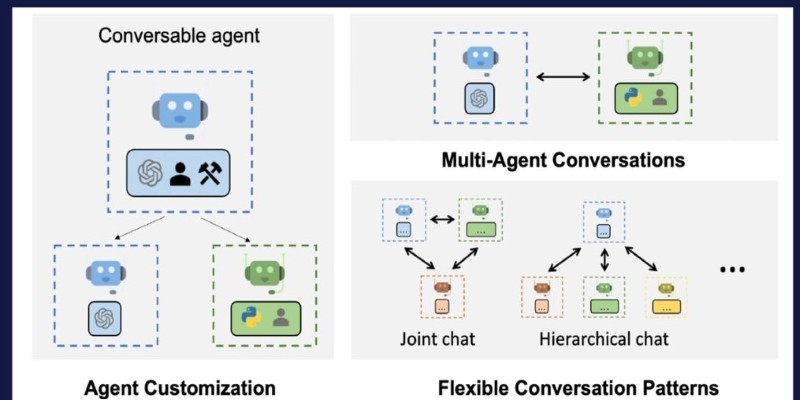
How Building Multi-Agent Framework with AutoGen enables efficient collaboration between AI agents, making complex tasks more manageable and modular

How IBM and L’Oréal are leveraging generative AI for cosmetics to develop safer, sustainable, and personalized beauty solutions that meet modern consumer needs